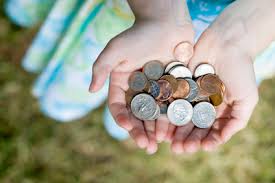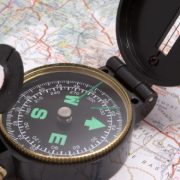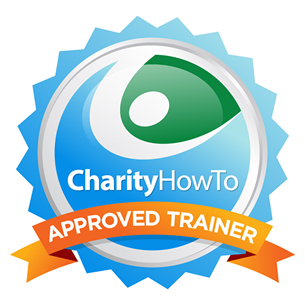One may think that there are only a limited number of donors to go around, but think again.
In my work, I assist small to mid-sized organisations in running their first capital campaigns. Many do not have established donor bases to tap into for an already existing pool of major donors. So, I assist. And, I am here to say that yes, you too can, even in your small nonprofit, develop a list of 25 or more possible major donors to your organisation.
I am going to take you step by step on how to begin establishing that prospect list for you r nonprofit organisation and then share with you some next steps on how to prioritize that list.
r nonprofit organisation and then share with you some next steps on how to prioritize that list.
Here are the steps you can take to develop your prospect master list:
- Use informal organisational networks including organisational friends and family members i.e. Board members, staff, volunteers, etc. to identify prospects within their respective networks who have both wealth and affinity for the cause.
- Ask your current donors when meeting with them if they know of anyone else who may support the cause.
- Research prominent donors to other similar organisations who may be making small gifts to your organisations. It is helpful to obtain copies of their annual reports, newsletters, and even event programs to see the giving levels of the prospective donors. Annual reports may be found online or hard copy by request.
- Research who has been attending your events. There are folks here who already know of your mission and may be willing to deepen their relationship with you.
- Research others who live in your community who might give to you using voter, property (Grand), the local chamber of commerce, houses of worship, and other lists.
So now what do you do when you have all this information?
Cull through all these lists to create a Master List of prospects whom you think “make the cut” regarding any possibility of capacity, affinity, or connection.r
Let me define these for you.
- Capacity – ability to give
- Affinity – philanthropic to a similar cause or interest
- Connection – involvement in your organisation
Once you have this Master List developed then work with the fundraising/development committee, Board of Directors, or other volunteers (they should know folks in the community) to rate and rank each donor during a rating session to determine potential giving capacity, interest, and affinity.
Then, organize lists of donors into tiers of giving to decide who is approachable first, those needing further cultivation, etc. I just happen to like this worksheet right here!
And, from there you have a Master List of the top 20-25 prospective donors to your organisation. Even the smallest of non-profit organisations should be able to come up with a Master List of at least 25 potential donors after following these steps.










Leave a Reply
Want to join the discussion?Feel free to contribute!